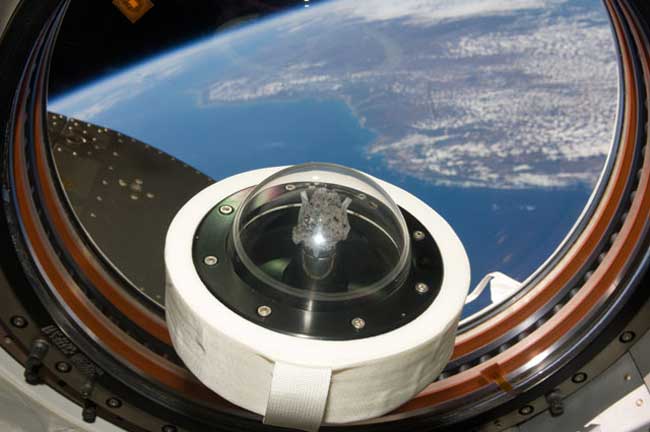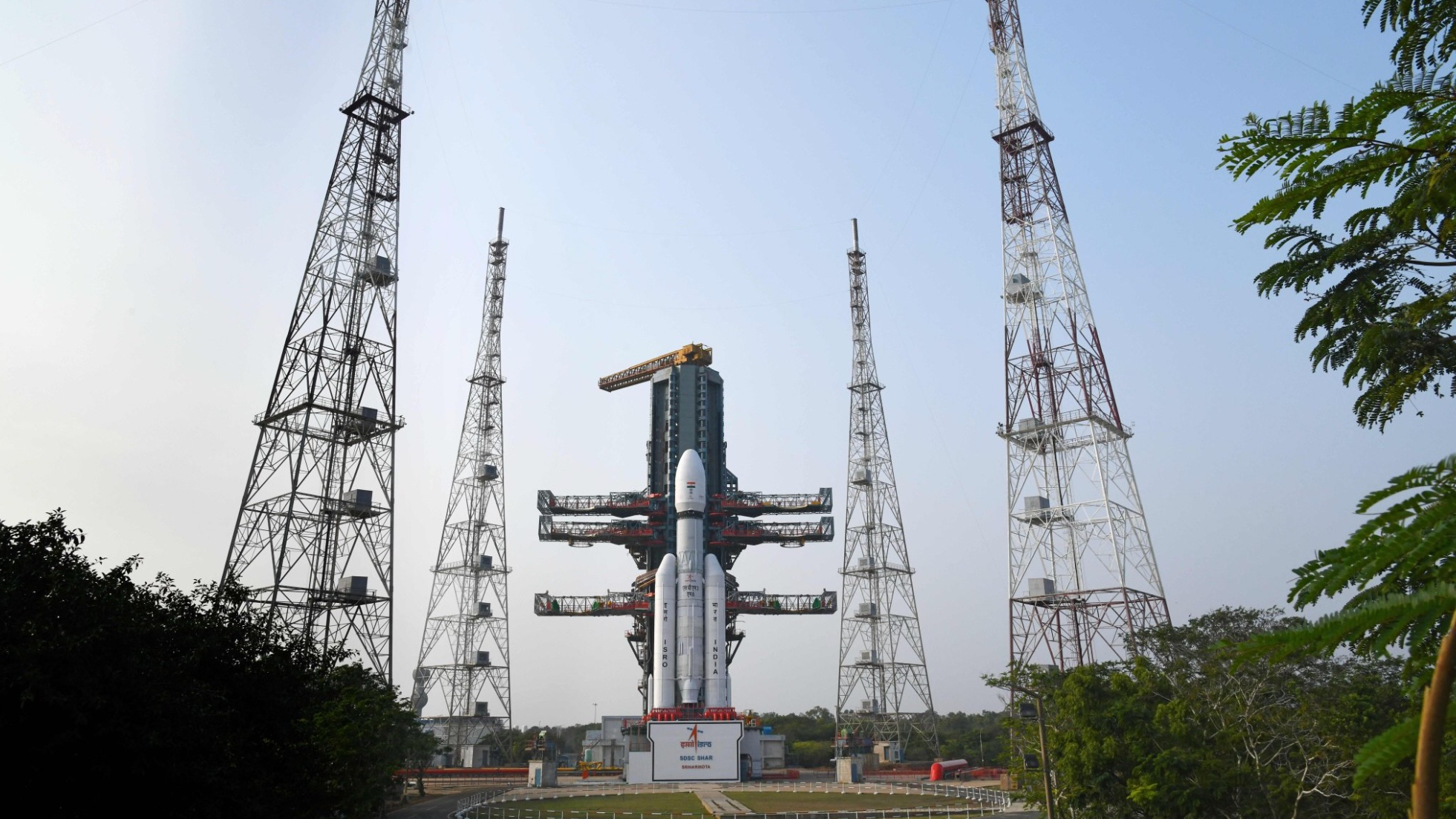Moon Has 100 Times More Water, New Study Suggests

The moon's interior may harbor 100 times more water than previousestimates, according to a new study that took a fresh look at samples of moonrocks collected by Apollo astronauts nearly 40 years ago.
The researchers determined that the lunarwater likely originated early in the moon's formation history, suggestingthat it is, in fact, native to the moon.
Scientists at the Carnegie Institution's GeophysicalLaboratory, and other colleagues, said it's likely that the water was preservedfrom the hot magma that was present when the moon began to form ? some 4.5billion years ago.
They also think that the water, which is locked up in lunarrocks and material, is likely more widespread in the moon's interior thanprevious studies estimated. These findings now suggest that the lower limit fortotal water on the moon could be 100 times greater.
"When the rocks were first returned from the Apollomissions, it was pretty obvious that they were really dry," FrancisMcCubbin, lead author of the study, told SPACE.com. "A lot of peopleattributed the dry nature to something fundamental about how the moon formed. Ithink an estimate was thrown out there of less than 1 part per billion (ppb)water, because the presumption was that there was almost no water on themoon."
Tracking moon water
In 2008, research of volcanic glassbeads brought attention to the fact that there might be more water in themoon's interior than scientists had previously thought. At the time, McCubbinand his colleagues were searching for water in lunar minerals, but at thatpoint they had only models and calculations that suggested higher watercontent.
Breaking space news, the latest updates on rocket launches, skywatching events and more!
Since then, observations from unmanned probes from NASA andother space agencies have confirmed the presence of water in lunar material andwater ice on the moon's surface.
For this new study, the researchers were able to compare theircalculations to analyses of samples of Apollomoon rocks and a lunar meteorite from Africa.
"We combined the measurements with models thatcharacterize how the material crystallized as the moon cooled," McCubbinsaid. "We found that the minimum watercontent ranged from 64 parts per billion to 5 parts per million ? at leasttwo orders of magnitude greater than previous results."
The research will appear in the online early edition of theProceedings of the National Academy of Sciences on June 14.
Moon water from magma
In the new study, researchers located grains of the mineralapatite in thin sections from the moon rocks and meteorite. They used atechnique called secondary ion mass spectrometry (SIMS), which allowed them toanalyze the grains for a compound known as hydroxyl, which can be incorporatedinto apatite's chemical structure if the mineral crystallizes from magma thatcontains water.
The SIMS technique bombards the lunar samples with a primaryion beam that allows the researchers to separate the ions with a magnet,depending on the charge. From these measurements, the scientists inferred theamount of water in the apatite's source magma, which allowed them toextrapolate the result to estimate the total amount of water that is present onthe moon.
"The numbers that we got matched the calculations thatwe had done almost perfectly," McCubbin said. "We were pretty happyabout that."
The prevailing hypothesis is that the moon was formed from agiantimpact event, when a Mars-sized object slammed into Earth. The ejectedmaterial from this collision then coalesced into what is presently the moon.
The results of the new study found that the moon's water waslikely present in the hot magma from the impact as it started to cool and crystallize.
Yet, compared to Earth and Mars, the moon is stillremarkably dry, said McCubbin.
"If we were to take all the water that is locked upinside the moon, and put it in a homogenous layer on the lunar surface, itwould cover the moon to about a meter depth," he explained.
In comparison, if all the water that is locked up in Marswas put on the lunar surface, it would cover the moon to a depth of about 0.93miles (1.5 km). And, if the same is done for all of the water inside the Earth,it would cover the entire lunar surface to a depth of 155 miles (250 km). ?
Still, the findings have significantimplications that could alter current theories about lunar magma, and howthe moon formed and evolved.
"It is gratifying to see this proof of the OH contentsin lunar apatite," said lunar scientist Bradley Jolliff of WashingtonUniversity in St. Louis. "The concentrations are very low and,accordingly, they have been until recently nearly impossible to detect. We cannow finally begin to consider the implications ? and the origin ? of water inthe interior of the moon."
- Images- Future Moon Bases
- Video- Water on the Moon: Hydrogen, Oxygen and Energy
- Tonsof Water Ice Found on the Moon's North Pole

Denise Chow is a former Space.com staff writer who then worked as assistant managing editor at Live Science before moving to NBC News as a science reporter, where she focuses on general science and climate change. She spent two years with Space.com, writing about rocket launches and covering NASA's final three space shuttle missions, before joining the Live Science team in 2013. A Canadian transplant, Denise has a bachelor's degree from the University of Toronto, and a master's degree in journalism from New York University. At NBC News, Denise covers general science and climate change.
